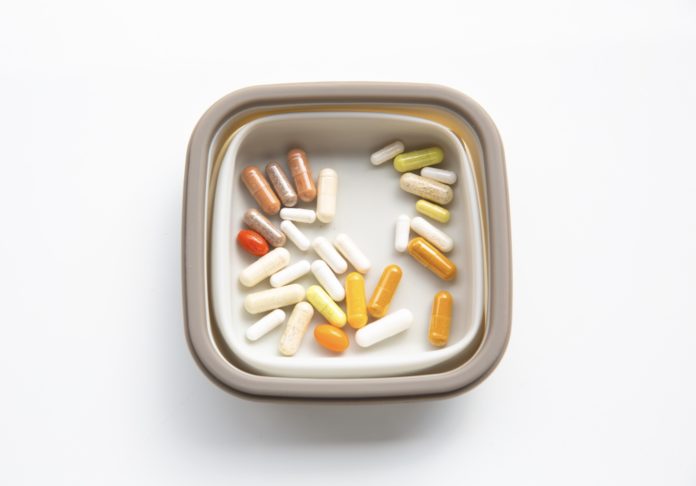As we get older, exercise becomes increasingly important for optimizing our wellbeing and boosting our healthspan. When developing an exercise routine, it’s critical to understand recovery. We may think that the results or benefits of exercise come only from the actual movement. The benefit also comes from recovery, when our body is resting. This is called hormesis. You start at a baseline, you apply a stress (i.e. lifting heavy weights), your body has to work to recover and adapt and then a new baseline is formed. Then you repeat. The recovery portion to land at a new baseline is just as important as the stress that we put on our bodies. The two need each other for growth.
Citrulline Malate Improves Recovery
Citrulline malate is a supplement that improves recovery. According to our friends at InsideTracker, citrulline is an “amino acid and malate is an organic salt; together they form citrulline malate and play an important role in energy products.” [1] Amino acids are important for optimal health because they are the building blocks of proteins, also called the “building blocks of life”. [2] Salt also plays an important role in our health because it regulates hydration, improves blood volume, and reduces muscle cramps.
Citrulline malate also increases the production of nitric oxide. Nitric oxide is a molecule that is critical in protecting our body against pathogens, improving blood flow and promoting heart heath. As we age, we produce less nitric oxide. According to a study posted in the National Library of Medicine, citrulline malate is “a precursor to nitric-oxide (NO) in the NO synthase (NOS) pathway and is suggested to increase exercise performance in younger individuals. With age, NO production decreases and augmented NO production may provide beneficial effects on sports performance” [3]
Eliminate Post-Exercise Soreness
Beyond improving performance and boosting nitric oxide, citrulline malate also helps to eliminate post-exercise soreness. According to a randomized control trial, individuals who took citrulline malate before anaerobic exercise saw a “significant decrease of 40% in muscle soreness at 24 hours and 48 hours” in addition to the participants “achieving 52.92% more repetitions” during their exercise. [4]
Considerations and how to incorporate citrulline malate into your routine:
According to InsideTracker, “Research indicates citrulline malate can impact both performance and recovery for trained athletes — not those who engage in occasional light or moderate exercise. Citrulline malate can be consumed before a workout, and studies indicate an effective dose may range from 8 to 12 g.”
[1] https://blog.insidetracker.com/supplements-workout-recovery
[2] https://medlineplus.gov/ency/article/002222.htm
[3] https://pubmed.ncbi.nlm.nih.gov/27017895/
[4] https://pubmed.ncbi.nlm.nih.gov/20386132/



You should have read more studies that show that CM has no credible effect on performance or soreness. Just following a few links from footnote 4 would get you to the conclusion that studies that try to correlate CM (and other supplements) with health outcomes are of limited value at best.